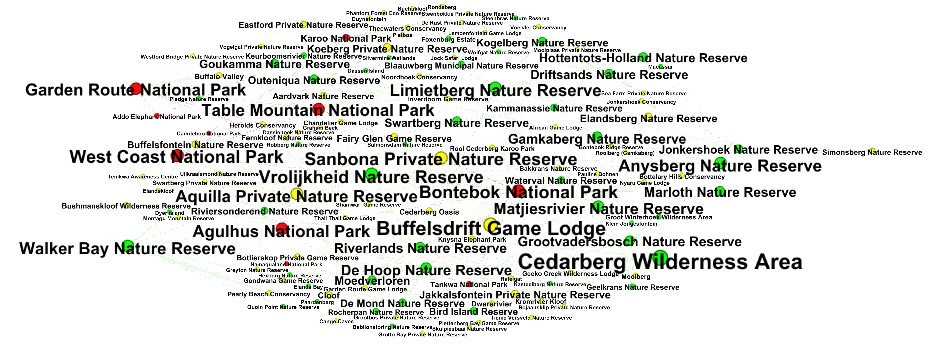Word of the day: Anthropocene
Definition: The name of a new geological epoch in which human activity has been the dominant influence (mostly negative) on the earths systems.
Class Activity
The day 2 activity was an integrated module of teaching and videos, to understand Systems Thinking and see real life examples of the Complex Adaptive System.
Video : A Systems Story (Systems Thinking)
The video tells of the story of a village of blind men experiencing an Elephant for the first time. Each individual grabbed a part of the Elephant and described it based on that part only, for one it was a rug, for another it was columns, while another a snake. By experiencing only parts of the Elephant the villagers were unable to see the elephant for what it truly was.
This implies that Systems Thinking is “thinking differently” and constitutes 5 shifts in doing science differently:
- A shift from studying a phenomenon in isolation to looking at its systemic properties and interactions
- From objects to patterns of Organisation
- From closed to open systems: studying a phenomenon in its context rather than in isolation
- Assessing and capturing the complexity of the phenomenon:
- Framing the boundaries of the system – merging the subject with the object, in order to understand it.
The Implications for Systems Thinking are outlined below
- Assess the System
- Develop multiple descriptions, framings and practices: Integrate Knowledge, encourage transdiciplinarity
- Employ change interventions that view change processes as being relational, non-linear and emergent with unpredictable outcomes
- Foster complexity thinking:
- Reimagine the role of anticipating new futures
Video : ‘How Wolves Changes Rivers’
This video shows the various features of the Complex Adaptive System (Dynamic, Contextual Adaptive etc). It tells the story of how the introduction of wolves to the Yellow Stone National Park USA caused Trophic cascades (an unintended consequence) resulting in dramatic changes in the parks ecosystem structure and physical geography of the park.
Video : ‘Systems thinking a cautionary tale (Cats in Borneo)’
This video also shows unintended consequence as well as cascading effect of human intervention (complex causality). It tells the story of how WHO’s intervention to stop malaria in Borne by spraying DDT, eventually resulted in a mice epidemic.
‘Case Study : The decline of Lake Victoria’
The story of Lake Victoria similar to Borneo also shows the features of Complex Adaptive Systems at work as a result of human intervention. The introduction of the Nile Perch, triggers an events and tele-connections that results in biological (increase in the number of mosquitoes) and even socio-economic (armed robbery) consequence. (Rachel Akinola)







